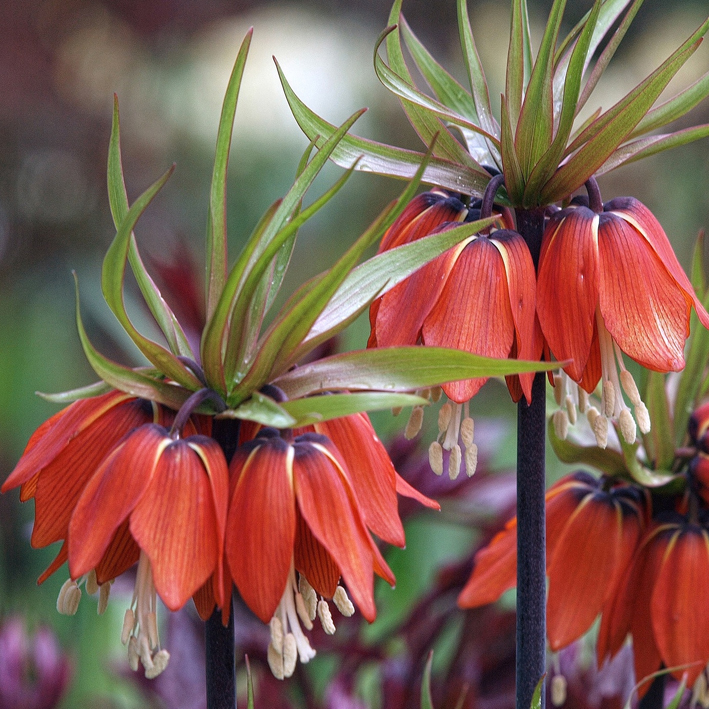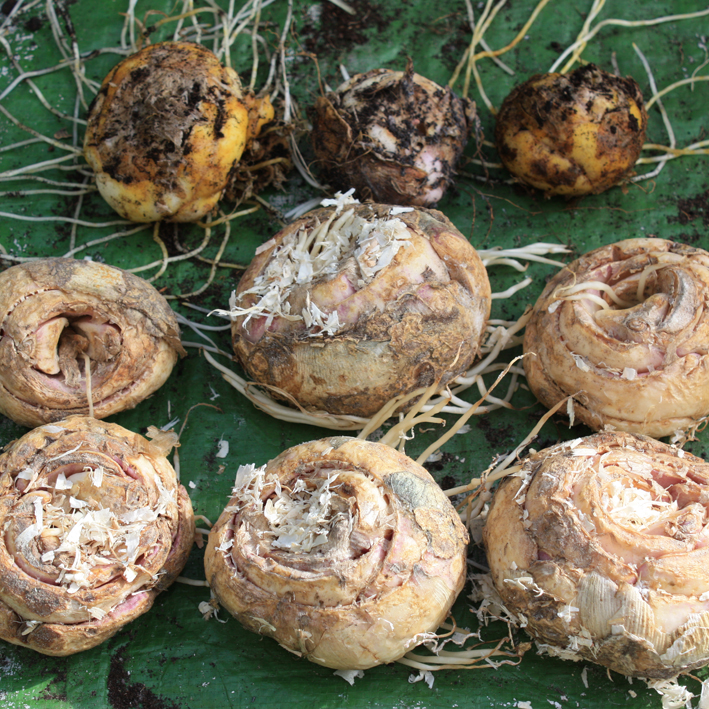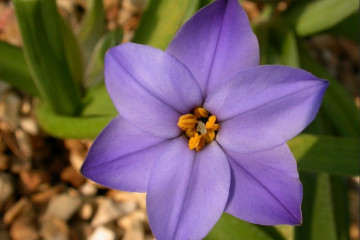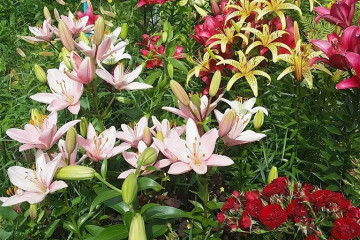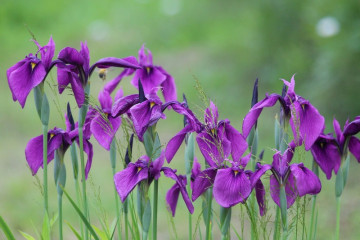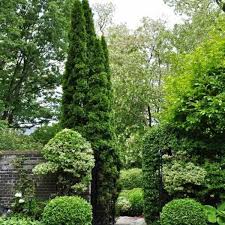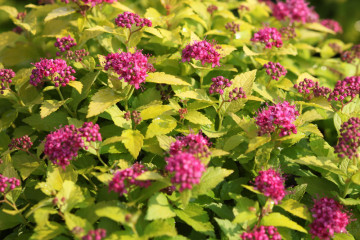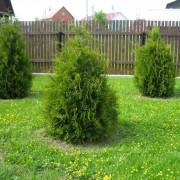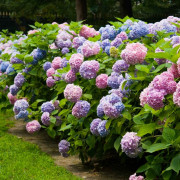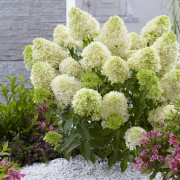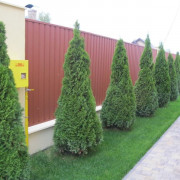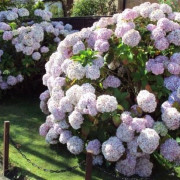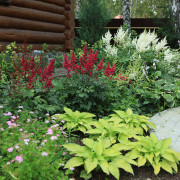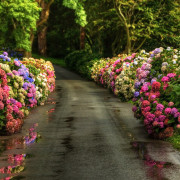Grouse imperial: planting and care in the open field
Content:
The imperial hazel grouse (from the Latin "Fritillāria Imperiālis") is found in the southern regions. But with the right growing and planting methods, you can even grow it at the North Pole.
Description of the imperial hazel grouse
The imperial hazel grouse is a large shrub growing from a bulb. Reaches a height of 2 m. Buds are formed on the trunk, which bloom with flowers downward like some varieties of lilies. The buds grow in a group of 6-7 pcs. Leaves hang over them. The flower has a wonderful scent. The leaves are elongated in emerald color. The majestic appearance and the flowers hanging like bells make him the real king of the flower world.
For the first time the imperial hazel grouse was discovered in the Himalayas. Later he was met in Iran and Afghanistan. In the wild, he loves rocky mountainous areas.
The plant is very similar to a palm tree. The people called it "the tree of paradise".
This bulbous type of flower, consisting of scales, requires careful handling.
The most popular varieties of imperial hazel grouse
The following varieties are in greatest demand among florists:
- Raddeana. The height of the bush is up to 1.5 m. It has a cream-colored buds. The flowering period is mid-June. With proper care, flowers can be admired for up to three weeks. The variety is unpretentious, withstands light frosts;
- Rubra. The ideal place for growing is a vegetable garden or flower bed. It has a low stem of 70 cm. The color of the flowers is crimson with black transverse lines. Has long buds 6 cm and flowers up to 4.5 cm;
- Gardand Star has the largest buds and the longest flowering period. With abundant watering, it can bloom up to 1.5 months;
- The Tsarskaya Korona variety is an early bird in terms of flowering. When the bulbs are planted in February, the buds grow in April and the flowers bloom in May;
- hazel grouse is a representative of the old selection. From the 16th century. grown in gardens in Europe and Asia. It got its name from its white and burgundy color. It has a bell-shaped bud and the spots are staggered. Reaches 35 cm in height;
- Russian hazel grouse grows in the steppe open spaces. Burgundy flowers grow on a high stem. The buds open in March-April. The variety is listed in the Red Book;
- Persian Grouse is a heat-loving flower. Has a yellow color with a green tint.
Choosing a seat for landing
The place for planting the imperial hazel grouse needs to be chosen sunny, but one where the rays will not fall on it in the evening. It is during this period that the flower is vulnerable to burns. Supports should be provided near the landings as protection from the winds.
Growing hazel grouse is a simple process.Several conditions must be met:
- the bulbs are planted in flower beds. The land is mulched only in autumn before the onset of cold weather;
- the bulbs are easily damaged, so care should be taken when replanting. If rot appears, this place should be immediately treated with a manganese solution;
- the depth of the hole for planting should be at least 12 cm. For shorter varieties, a suitable depth will be 8-9 cm;
- the soil should be light and nutritious. You can pour peat into it.
How to choose imperial hazel grouse bulbs
The bulbs of the imperial hazel grouse are large - 7cm. They should be free of ulcers and lethargic. In the center there is a hole from last year's peduncle. In the fall, new peduncles appear from this hole.
The hazel grouse bulb can give off an unpleasant odor, but this is not a reason to discard it. In addition, it is not recommended to keep them next to other types of bulbs. An unusual smell can ruin them.
How to plant bulbs outdoors
They begin to plant bulbs in late winter - early spring. The weather should be dry and calm. The beds should be prepared in advance, the soil should be shed well, but not brought to the state of a swamp. An onion is placed in the planting hole and sprinkled with earth, but not compacted. Watering occurs frequently, but in small doses. You cannot transplant the bulbs to another place in the next 1-2 years.
Grouse care
It is worth starting to care for the imperial hazel grouse during the growing season with a weak loosening of the soil. It is necessary to introduce mineral complexes, diluting them according to the instructions. A weak manganese solution is also used for antibacterial treatment of bulbs in the ground.
Fertilizers are applied in early spring. Until the buds appear, the flower is watered with mineral solutions once a week. Gradually increase funds, which include potassium and phosphorus. Fertilizers can also be applied dry during weeding.
Care for hazel grouses after flowering
In July, the flowering of the imperial hazel grouse comes to an end. To give a plant a second life for the next season, you need to provide it with proper care. Experienced gardeners prune dried leaves, wilted buds. Also, the stem is pruned a little. The total length of the base should remain 5 cm.
Watering and feeding
Watering is done in hot weather every day in the morning.
Proper feeding of the flower is vital for it during this period. 1 tbsp is added to a 10-liter solution of humus. a spoonful of nitro phosphate and ready-made fertilizer for flowers. The mixture is introduced into the ground in an even ratio. At the end of summer, you can change the composition to a mixture with the addition of potassium. Additionally, sprinkle with wood ash.
When to dig up the bulbs
Digging up the bulbs after flowering or not is a controversial issue to this day. Someone thinks that this is not necessary, and someone says that it is extremely necessary.
In any case, the grouse bulbs are excavated at the end of summer. You need to start immediately after the flowers wither, since there is a possibility of eating them by parasites.
Using seeds to grow new specimens is a long process, it will take about seven years. It is better to use bulbs for propagation. This will save time. Every year, after correct digging, two babies are obtained from one onion.
Storing the bulbs
After the growing season, the bulbs should be prepared for storage until next planting. At the end of August, the bulbs are dug up and washed thoroughly under warm water. Keep for 30 minutes. in manganese solution, sprinkled with wood ash and dried. The storage room must be well ventilated. The temperature is not higher than 25 ° С.It is recommended to inspect the bulbs periodically to avoid disease and mold.
Incorrect storage of the bulbs leads to the loss of their vitality.
Basic breeding techniques
There are three ways to propagate the imperial hazel grouse:
- bulbs;
- seeds.
Bulb babies are planted in the same way as described above. The seeds are harvested from the flower box after it is completely dry. To plant them, the soil must be well moistened. Further, furrows are made 1 cm deep and 10 cm wide. The seeds are placed in the ground and sprinkled with earth. Peat 2 cm thick is poured on top. Seedlings should be expected in the spring.
Diseases and pests of hazel grouse
The imperial hazel grouse steadfastly endures the attacks of pests, but there are such individuals that not a single representative of the flora can resist:
- lily rattle. It is a small beetle that has a red body and a black head. To eliminate this parasite, the flower is thoroughly washed with soapy water or chemicals. Crackers can cause significant damage to the health of the flower. Preparations fitoverm and bitoxybacillin quickly and without risk to the plant remove pests. They need to be sprayed 2-3 times a day every 20 days:
- the root mite and the bear are capable of gnawing the bulbs. They feed on the pulp of a flower. In case of damage to at least one bulb, it is not subject to further growth. To combat them, foundation and karbofos are used. Apply only to the affected area.
Of the diseases, the hazel grouse is affected by rust. The disease spreads to the leaves of plants. It appears as spots on the upper side. The leaves should be removed immediately and treated with a fungicide.
One feature of the imperial hazel grouse is that it practically does not get sick. If symptoms appear, attention should be paid to caring for the flower. Perhaps the increased humidity or the wrong dosage when watering with fertilizers played a role.
The imperial hazel grouse is called the prince. Such a nickname suits him. A tall or low bush amazes with its color scheme and grace. These flowers are a true decoration for any garden. Chess hazel grouses go well with plantings of tulips, forget-me-nots and muscari. Large-sized flowers are bred in solitary plantings. Small flowers are ideal for a rocky garden, rock garden and mixborder. In any case, it will look impressive if you surround it with care and love.
